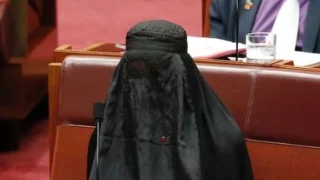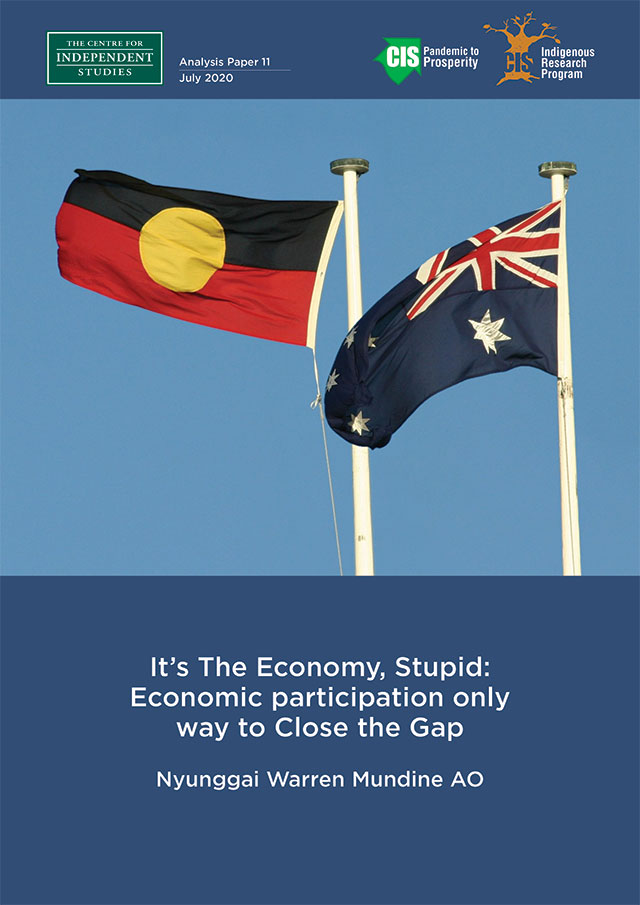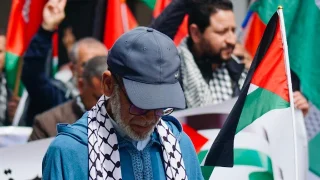
The gap between Indigenous and non-Indigenous Australians exists for one reason — too many Indigenous people do not participate in the real economy. The key areas of economic participation are having a job and setting up a business. Both depend on commerce and private enterprise.
The answer is the same as before: economic participation.
This paper assesses where Indigenous policy is, 12 months into this term of the federal government. It is clear that Indigenous affairs has lost its focus on economic participation. With the establishment of the National Indigenous Australians Agency, policy control appears to have shifted from the Prime Minister and Minister to the bureaucrats. There is a waning focus on economic participation; this focus must return, particularly in the light of the immense economic, social and political disruption we are seeing on a global scale since the COVIC-19 pandemic arose in March.
Indigenous policy needs to get back to these fundamentals with a focus on school attendance, jobs and creating the environment for Indigenous business creation — especially in remote and regional Indigenous communities. Governments can leverage the crisis to take the radical action that has been too hard in the past; including regional economic development, welfare reform, and targeted and deliberate action to move people from welfare to economic participation and use local workforces for local jobs.











